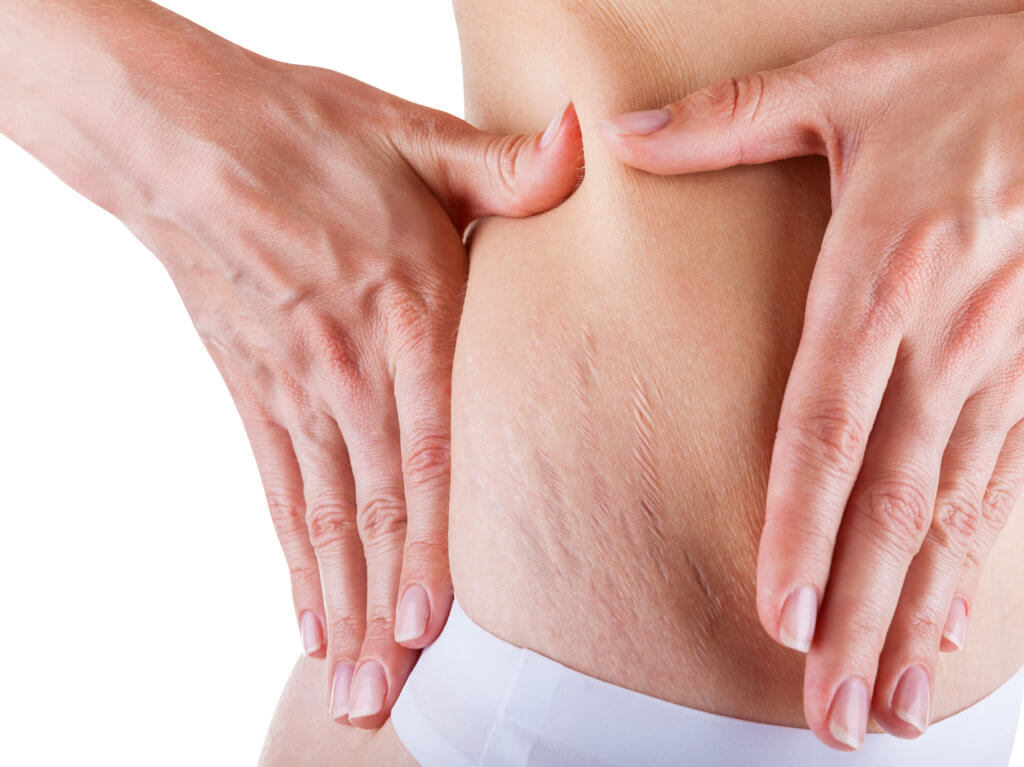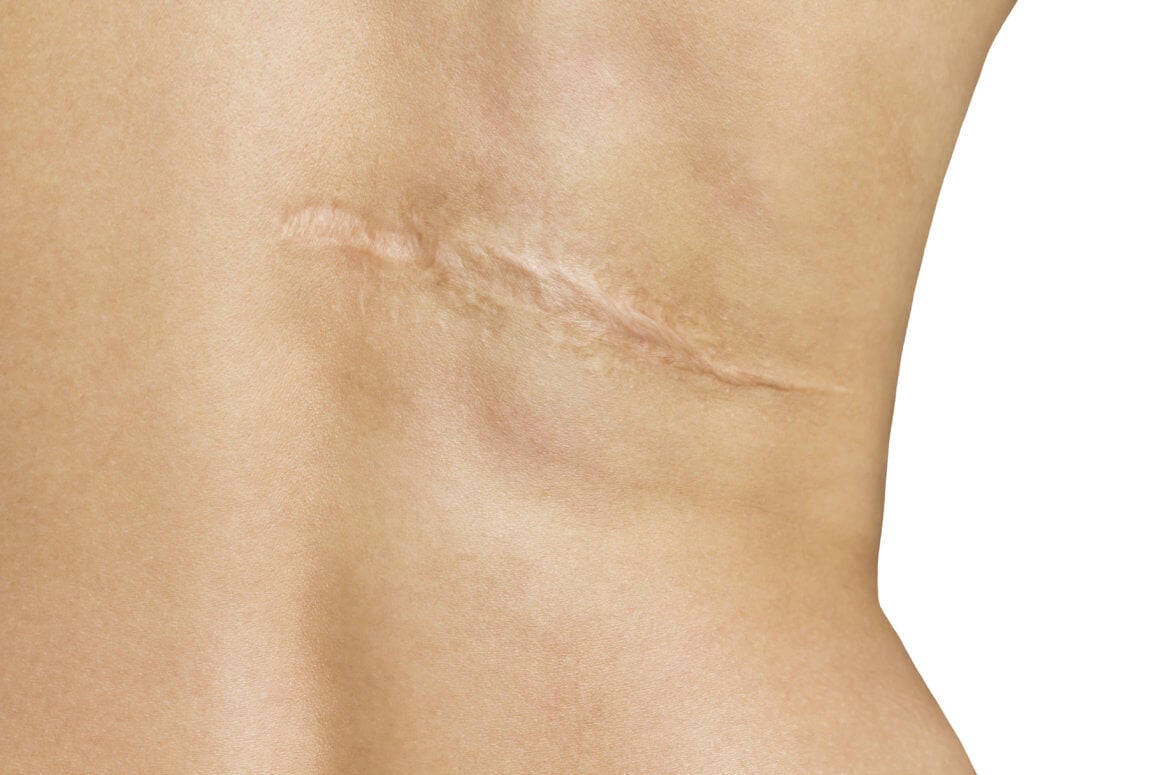Liposuction is a cosmetic surgery during which small incisions are made in problematic areas of the body to remove excess fat deposits. Problematic areas may include but are not limited to one’s abdomen, waist, thighs, and chest. Liposuction is no substitute for a healthy lifestyle of proper diet and exercise, but, for many, it is part of the process of achieving one’s ideal body. After conversations with your doctor about whether this cosmetic surgery is right for you, you should learn about what to expect from liposuction.
For one, results will not show up immediately after surgery. In fact, as counterintuitive as it may seem, the targeted areas may appear larger following the surgery due to swelling. Similar to noninvasive fat treatments, complete results tend to show three to four months after surgery. Further, following the surgery, one may experience discomfort, bruising, and redness in and around the targeted areas.
Types of Scars You Can Anticipate After Liposuction
True Scar
Because the incisions made for liposuction are getting smaller, the scars produced will be as well. Depending on the doctor’s liposuction technique and your propensity to scarring, some will occur. However, most frequently, doctors choose strategic places to make incisions, resulting in unnoticeable scars.
Dyschromia
Dyschromia is the most common type of scarring. Darker pigmented skin is more likely to scar than lighter skin, so keep this in mind when deciding on the procedure. Therefore, some people may be at a higher risk for dyschromia, a condition where the skin’s color (chroma) is not the same over the scar. Dyschromia has two forms: hyperpigmentation (darker colored scar) and hypopigmentation (lighter colored scar).
Rare Types of Scars
Rare types of scars include atrophic, hypertrophic, and keloid scars. Atrophic scars are indentations in one’s skin. Hypertrophic scars are raised and tend to decrease with time. Keloid scars, similar to hypertrophic scars, are raised, but they also have an irregular shape and a pink or purple coloration. However, true scars and dyschromia are the most common.

Healing Steps Following Liposuction
Like any surgery, a recovery period is expected for liposuction. Recovery steps will include wearing a proper compression garment over the targeted area, pain medication to treat discomfort, and antibiotics to prevent infection. The compression garment will prevent swelling and promote body contouring. For some, the garment may restrict movement and activity, so keep this in mind.
In the long term, the most crucial step to enjoying the results of your liposuction is healthy living. Eating a proper diet, drinking plenty of water, and exercising will help maintain the body’s shape.
Above all else, the most essential factor for an overall healthy healing is to listen to your doctor. Expect them to provide personalized instructions to care for your body to prevent scarring and other problems.


1 comment
Very informative